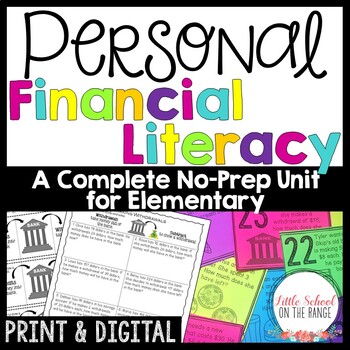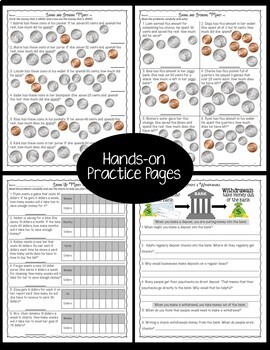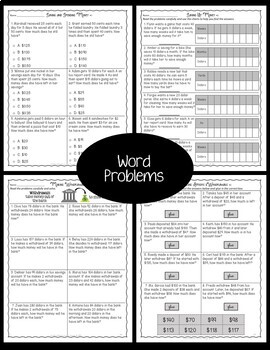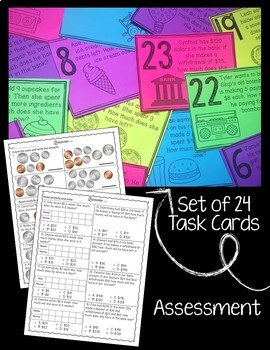Personal Financial Literacy | Print and Digital
- PDF
- Google Apps™

Description
Personal Financial Literacy: Completely updated for the new school year! This unit is perfect for introducing personal financial literacy to your class. This unit covers concepts of spending, saving, borrowing, and lending money.
NOTE: This resource now has Google Classroom activities, making it ideal for digital distance learning and remote teaching! Please see the 3rd page of the PDF for the link!
This unit contains:
• Saving and Spending Money Practice (3 pages)
• Saving and Spending Money Word Problems (4 pages)
• Saving Up Money (2 pages)
• Foldable Activity for Deposits and Withdrawals (great for interactive notebooks)
• Deposits and Withdrawals Fact Page
• Making Withdrawals Word Problems (3 pages)
• Making Deposits and Withdrawals Word Problems (3 Pages)
• Lending Money Word Problems (4 Pages)
• Borrowing Money Fact Page
• Set of 24 Task Cards
• Task Card Answer Sheet
• Counting Coins and Money Review (10 pages)
• Unit Assessment (2 Pages)
• Answer Key
Check out my other MATH units!





